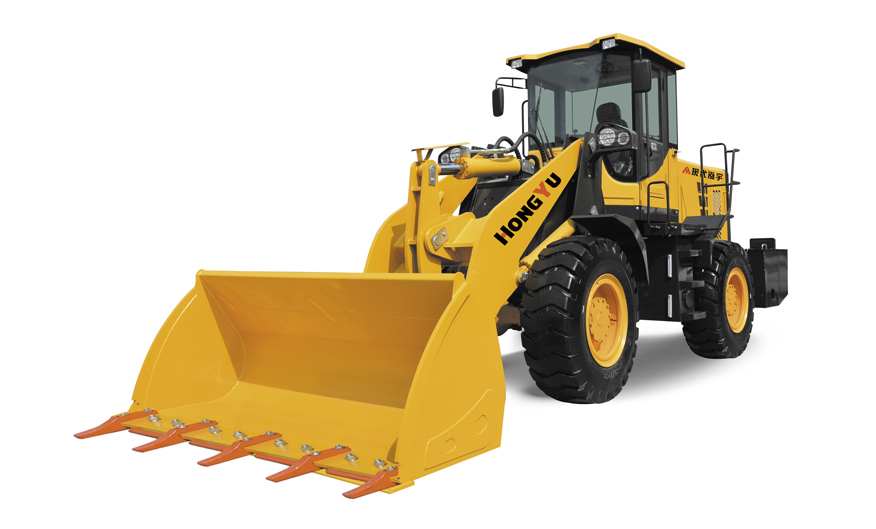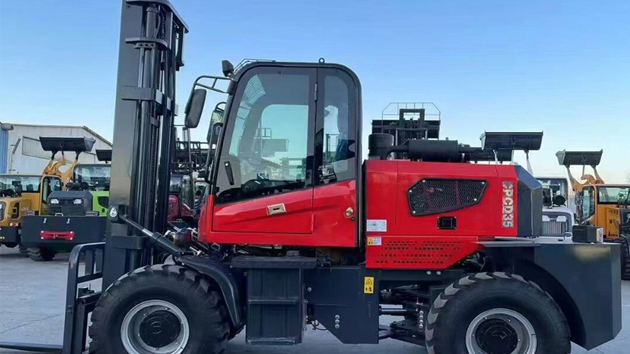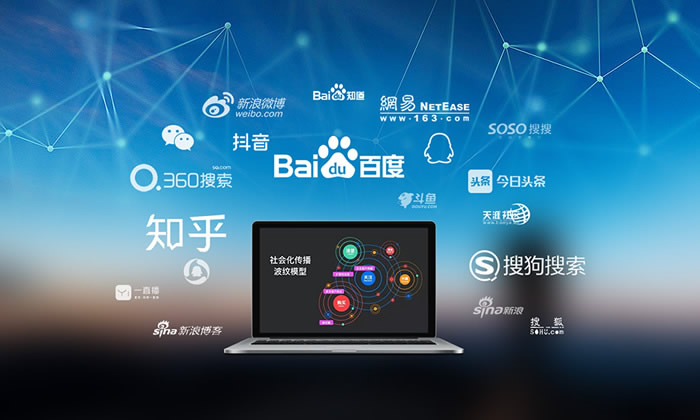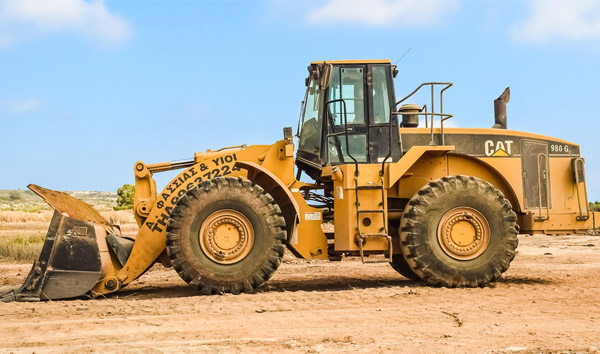The Future of Industrial Automation: Innovations in Mechanical Equipment
2025-06-29 03:20:27
The industrial landscape is undergoing a transformation driven by automation and smart technologies. Among the key enablers of this shift is mechanical equipment, which forms the backbone of manufacturing, construction, and logistics. From robotic arms to hydraulic systems, these machines are becoming more intelligent, energy-efficient, and adaptable to dynamic operational demands.
Recent data from the International Federation of Robotics (IFR) indicates that global shipments of industrial robots—a critical subset of mechanical equipment—surpassed 500,000 units in 2023, marking a 12% year-over-year increase. This growth is fueled by the rising adoption of collaborative robots (cobots) that work alongside human operators, enhancing precision and reducing downtime. Innovations such as AI-driven predictive maintenance are also extending the lifespan of mechanical equipment, minimizing unplanned outages in high-stakes environments.
Sustainability is another major focus for manufacturers of mechanical equipment. With stricter emissions regulations and corporate ESG commitments, companies are investing in electric and hybrid-powered machinery. For instance, leading construction firms are transitioning from diesel-powered excavators to electric alternatives, reducing carbon footprints while maintaining performance. According to a McKinsey report, the market for eco-friendly mechanical equipment is projected to grow at a CAGR of 8.5% through 2030.
Despite these advancements, challenges remain. The high capital expenditure associated with cutting-edge mechanical equipment can deter small and medium enterprises (SMEs) from upgrading. Additionally, the shortage of skilled technicians capable of maintaining complex systems poses operational risks. Industry leaders are addressing these barriers through leasing models and augmented reality (AR)-enabled training programs.
Looking ahead, the integration of IoT and 5G connectivity will further revolutionize mechanical equipment. Real-time data analytics will enable smarter decision-making, while remote monitoring will enhance safety in hazardous environments. As industries continue to prioritize efficiency and sustainability, mechanical equipment will remain at the heart of industrial progress.












